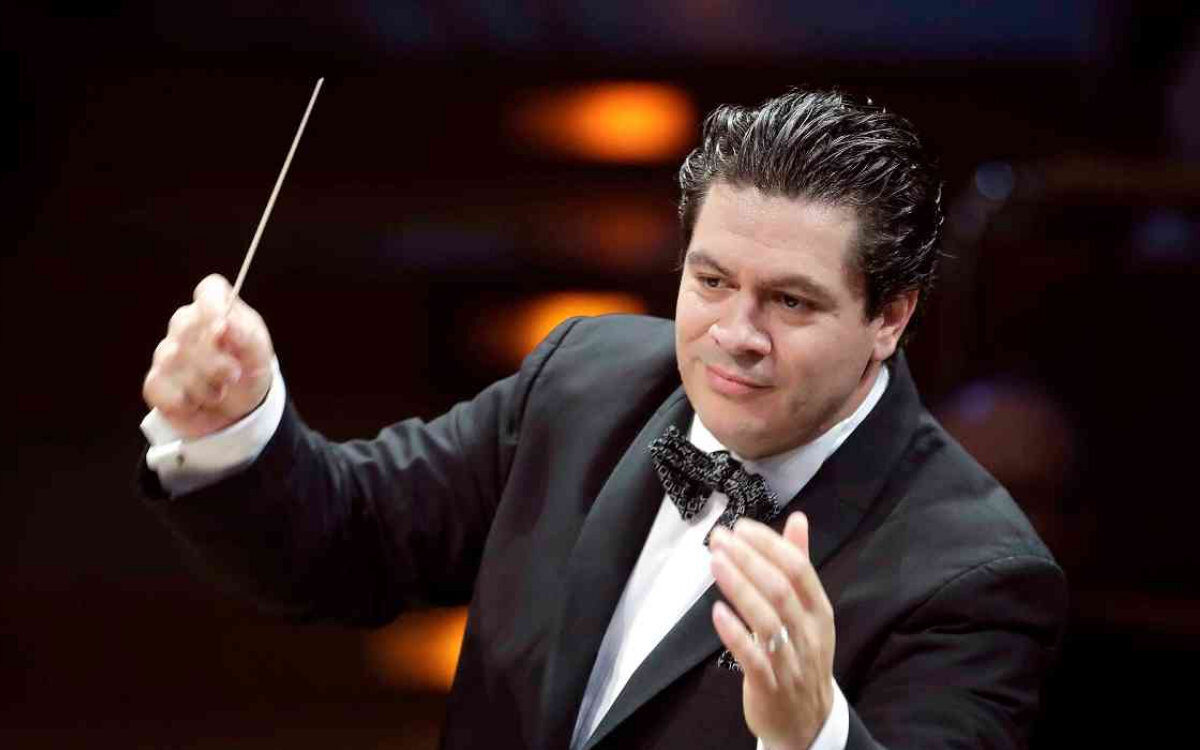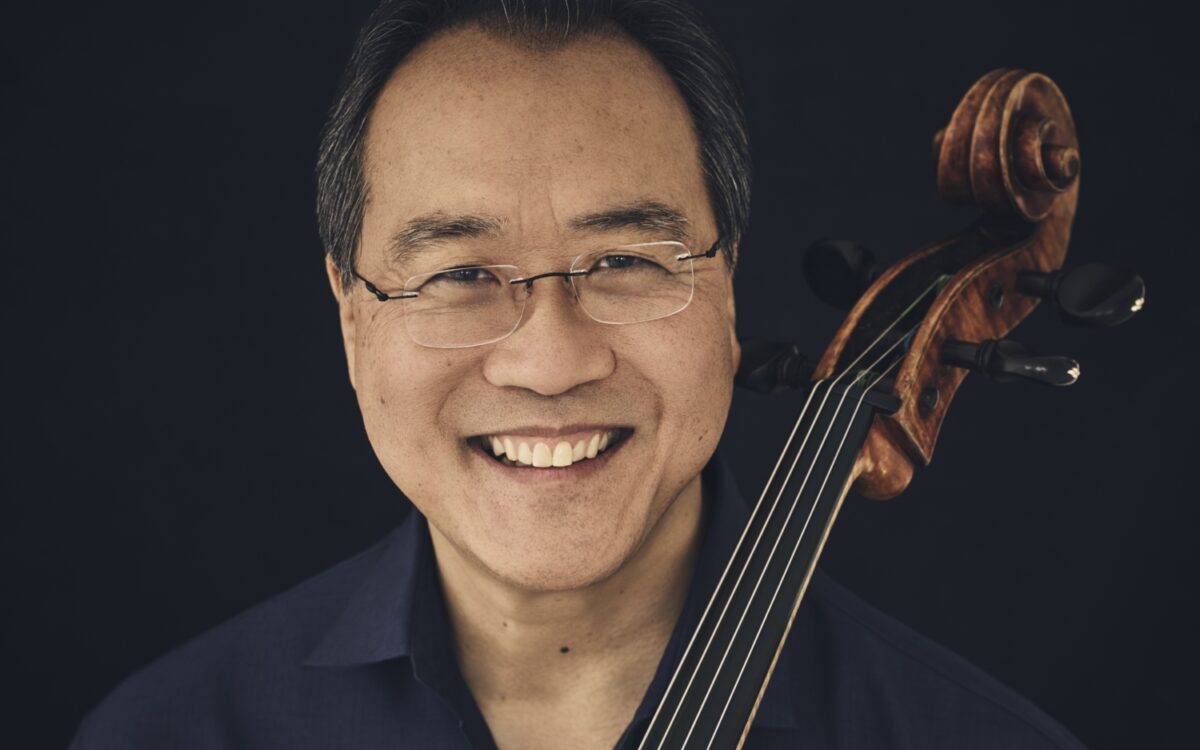Cello Concerto
Sir Edward Elgar was born in the village of Broadheath, just outside of Worcester, England, on June 2, 1857, and died in Worcester on February 23, 1934. He wrote the “moderato” theme of the first movement of the Cello Concerto on March 23, 1918 (after returning home from hospital following a tonsillectomy), began concentrated work on the piece that July, and completed it on August 3, 1919. The composer conducted the first performance on October 27, 1919, with the London Symphony Orchestra and soloist Felix Salmond in the Queen’s Hall, London. The score is dedicated to Elgar’s friends Sidney and Frances Colvin.
In addition to the cello soloist, the concerto calls for an orchestra of piccolo, 2 flutes, 2 oboes, 2 clarinets, 2 bassoons, 4 horns, 2 trumpets, 3 trombones, tuba, timpani, and strings (first and second violins, violas, cellos, and double basses). The concerto is about 32 minutes long.
Only for twenty of his seventy-six years did Elgar enjoy the simultaneous benefits of fame and creative abundance. For the first forty-two years he was unknown in the wider world, and for the last fourteen his muse was in retirement, if not quite still. The work that closed this twenty-year period of high creativity was the Cello Concerto, completed in the summer of 1919. A year later, with the death of his beloved wife Alice, Elgar withdrew more and more from public life; he wrote no more masterpieces.
His slow progress toward national recognition was no doubt due to the fact that he grew up far from London and did not study with someone who could have helped him on his way. Until the success of the Enigma Variations in London in 1899, he was regarded as a provincial composer, composing mostly for the regional festivals that flourished in late Victorian England. Then the great works appeared in steady succession—The Dream of Gerontius, Sea Pictures, the Pomp and Circumstance marches, In the South, the Introduction and Allegro for strings, the First Symphony, the Violin Concerto, the Second Symphony, Falstaff, and, composed towards the end of the war, the Violin Sonata, the String Quartet, and the Piano Quintet. These three were composed at Brinkwells, the house in Sussex where the Elgars moved in 1917. It was odd that Elgar should live anywhere but in his beloved West Country, but this house brought him respite from the constant anxieties of the war, and is readily associated with the leaner, more reflective style that the Cello Concerto perfectly illustrates.
On September 26, 1918, with the war still on, Elgar’s wife’s diary recorded “wonderful new music, real wood sounds & other lament wh. shd. be in a war symphony.” But this was to be a concerto, not a symphony, and as it neared completion the following summer, Elgar described it as “a real large work & I think good & alive.” On the occasion of the first performance, under the composer’s direction on October 26, 1919, there was in the cello section of the London Symphony Orchestra a future conductor, John Barbirolli, then aged 19, who would later conduct a historic recording of the work with Jacqueline Du Pré. On that first night Elgar had been given too little rehearsal and the impression was of orchestral incompetence. Later the work came to be recognized as one of the handful of supreme concertos for the instrument. In 1928 Elgar led a recording of the work with Beatrice Harrison as the soloist. The original soloist, Felix Salmond, moved to the United States in 1922; among his pupils were Bernard Greenhouse and Leonard Rose.
We may discern in the Cello Concerto a sentiment of resignation and even of despair generated from within by that strong vein of melancholy that had always been an inescapable element of Elgar’s music, and from without by the desolating impact of the Great War. But the Cello Concerto is not a threnody, nor even, so far as we can tell, a deliberately planned swan song. It is reflective, playful, tearful, and energetic by turns, like all his best music, and we underestimate the work if we attach too much to its autumnal character.
Unlike the traditional three-movement concerto, it has four movements, not for length and weight but for diversity and contrast. The movements are all concise, and as in his two symphonies, the two central movements, a scherzo and a slow movement, offer a complete contrast in momentum and temper. The declamatory opening of the work recurs truncated at the beginning of the scherzo and in full, this time marvelously valedictory in effect, at the end of the finale.
After a declamatory opening for the soloist, the first movement’s gentle lilt is far removed from any pomp or circumstance. Over the meandering first theme Elgar wrote in his sketchbook: “very full, sweet and sonorous,” and although the whole orchestra tries to give it breadth, it ends as it began, bleak and bare. The scherzo that follows is in 4/4 time with bustling sixteenths reminiscent of the Introduction and Allegro for strings of many years earlier. There is a brief expressive phrase offered here and there in contrast, but lightness prevails.
For the slow movement Elgar indulges unashamedly in the yearning phrases and sliding harmony that breathe nostalgia and tranquility. This is not a lament but a private world of sweetness so direct and complete that it requires no development or expansion. For all its heartrending beauty, the movement is short, and its half-close leads directly into the finale. Here, after another declamatory start, the movement settles into a sturdy rhythm which proceeds in a business-like and oddly impersonal fashion right through to the closing pages. Then, as if yielding to some fatal destiny, Elgar adds an epilogue in slow tempo as passionate as anything he had ever written, full of drooping phrases and desperate gestures, like a dying man reaching up for help. There is asperity too, in the harmony, and the music slides inevitably into a brief memory of the slow movement followed by the work’s opening statement and a brief, energetic (and surely ironic) close.
Hugh Macdonald
Hugh Macdonald taught music at the universities of Cambridge and Oxford and was Professor of Music at Glasgow and at Washington University in St Louis. His books include those on Scriabin, Berlioz, Beethoven, and Bizet, and was general editor of the 26-volume New Berlioz Edition. His Saint-Saëns and the Stage was published in 2019 by Cambridge University Press.
What may have been the first American performance of Elgar’s Cello Concerto was given by the Saint Louis Symphony with Vladimir Golschmann conducting and soloist Max Steindel on January 19, 1934.
The first Boston Symphony performance of Elgar’s Cello Concerto was conducted by Charles Munch with soloist Maurice Eisenberg on April 12, 1955.



